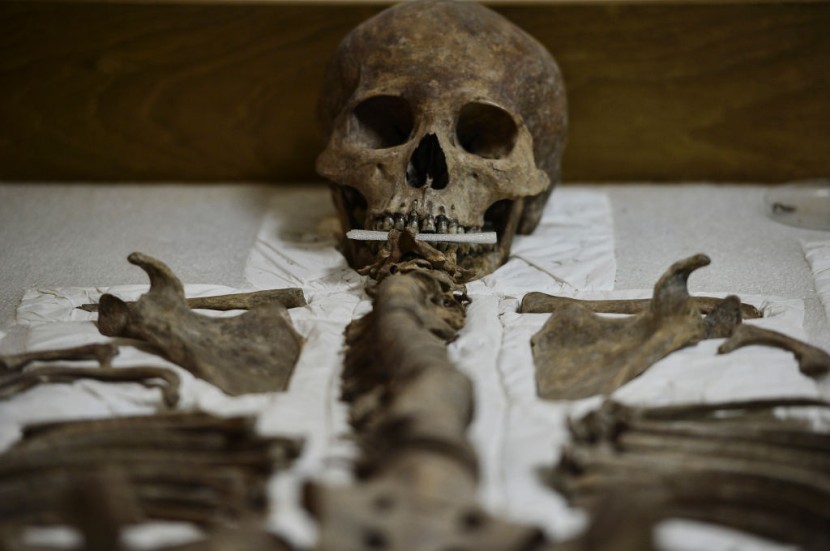
The ancient Maya practice of placing gemstones on their teeth is not cosmetic, but these Mesoamerican people had a deeper reason for it. It was more than bling having gems in their teeth which their culture valued; that is more than what is valued today.
Dental Practice of Ancient Maya Civilization
This culture in Mesoamerica has been using gold as cavity filling, including placing jade, turquoise, jet, or hematite gems were seen when they smiled, reported Science Alert.
Both sexes, whether rich or poor, went to the Mayan dentist to get their teeth drilled so that precious stones, jewels, or minerals could be attached to adorn their mouths. The inlays were highly probable to last a lifetime with spiritual significance. Nevertheless, dental bling may not be cosmetic at the time.
A new study about the dental cement used to glue gems on their teeth reveals it was composed of several hygienic and therapeutic properties, noted True Viral News.
The sealant used is very adhesive and has kept on their dead owners' teeth for millennia, discovering components that fight tooth decay, inflammation, and mouth infections.
Experts think the cement-like chemical was used more for water-repelling glue due to the rich blend of organic substances. Sticking these small stones on incisors and canines in early adulthood was some production against cavities.
Gemstones Attached to Teeth
Drilling to place these gems into the tooth was done so cautiously that the pulp, nerves, and blood vessels in the center were rarely harmed.
These ancient teeth with gemstones from three ancient Maya archaeological sites in Guatemala, Belize, and Honduras; came from people not from the Mayan elite of this Mesoamerica people.
Experts remarked that sealants were discovered to be 150 organic molecules commonly found in plant resins. Each adhesive compound had a slightly different ingredient list contingent on where the tooth originated from on the Yucatan peninsula, but the key ingredients were the same.
Most dental adhesives showed compounds associated with pine tree tar, thought to contain antibacterial-like properties.
Sclareolide, a plant chemical with antibacterial and antifungal properties, was in two of the eight teeth, which was also used in the perfume industry since it has a pleasant fragrance. These essential oils come from mint plants and are found in sealants that might have possible anti-inflammatory effects.
Finding are somewhat expected and proof that Mayan culture had an interest in dental hygiene earlier, as mentioned by Semantic Scholar.
Like today they had their teeth polished and have teeth pulled out if they decayed. However, the fancy ornaments of the time have historically overlooked these more therapeutic dental practices.
Teeth were filed down to pointy shapes and covered with gems; in the ancient past, it was for mostly ceremonial or aesthetic purposes.
Mesoamerica-based culture made dentistry an art, although it was more than only for beauty purposes. Considering that many people are getting the treatment, it suggests that it does not reflect somebody's social rank.
Authors state in Science Direct that blended compounds were complex and compelling for dental modifications.
Most of the teeth from the individuals were a mix of everyone in this Mesoamerica society, and the designer of this ancient dental adhesive helped.
Most ancient Maya had gemstones in their teeth for ritualistic than cosmetic purposes, which characterized these Mesoamerica people that is mirrored in the present culture.
Related Article: Sacrificed Inca Children Were Drugged, Intoxicated Before Being Slain in Shocking Ritual Practices
© 2025 HNGN, All rights reserved. Do not reproduce without permission.








